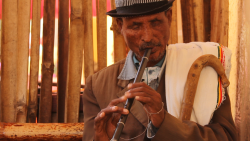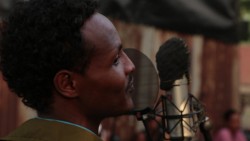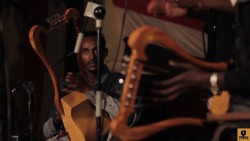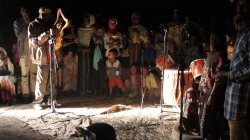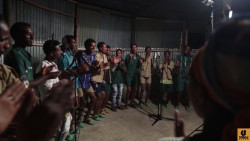Month: January 2015
Sidamo
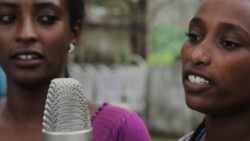
Although now administratively based in Awassa, before the Mengistu era the Sidamo people appear to have enjoyed a substantial presence and their own state in the south of Ethiopia. Their music, as you will hear, does not seem much influenced by the northern provinces (which themselves were primarily influenced by…
Mersa
Jimma Oromo
Gurage: Sabat Bet
Gondar
Awrus
Sidamo

Although now administratively based in Awassa, before the Mengistu era the Sidamo people appear to have enjoyed a substantial presence and their own state in the south of Ethiopia. Their music, as you will hear, does not seem much influenced by the northern provinces (which themselves were primarily influenced by…







